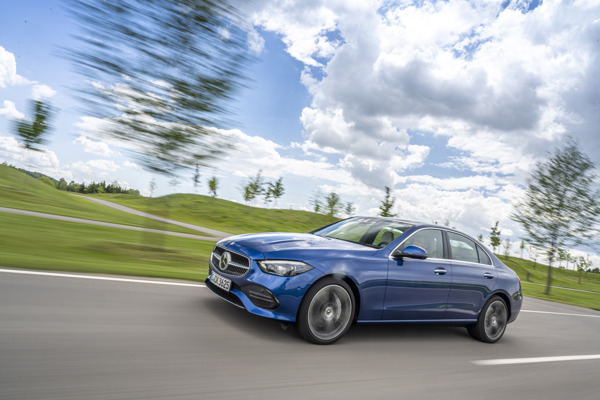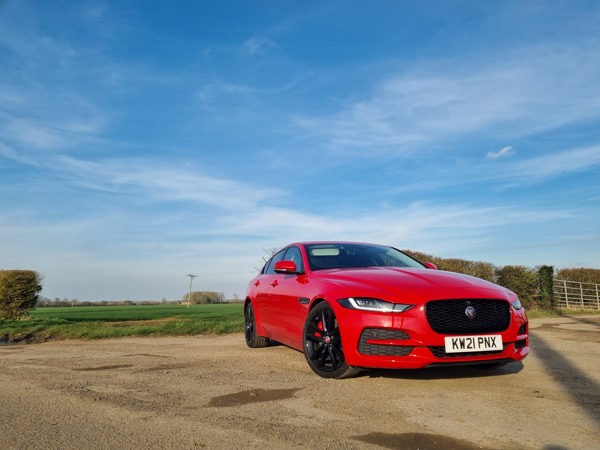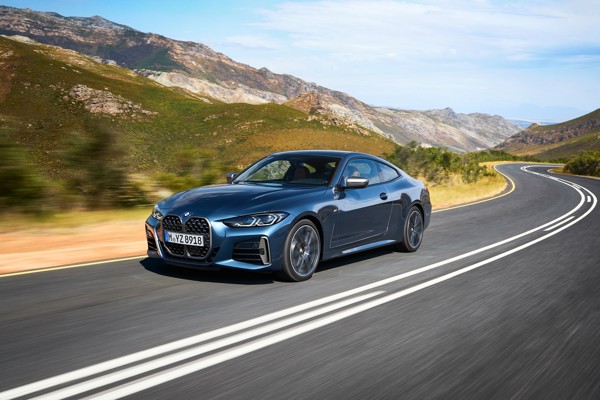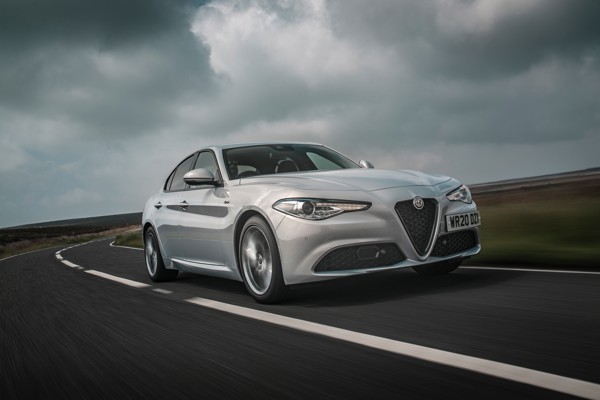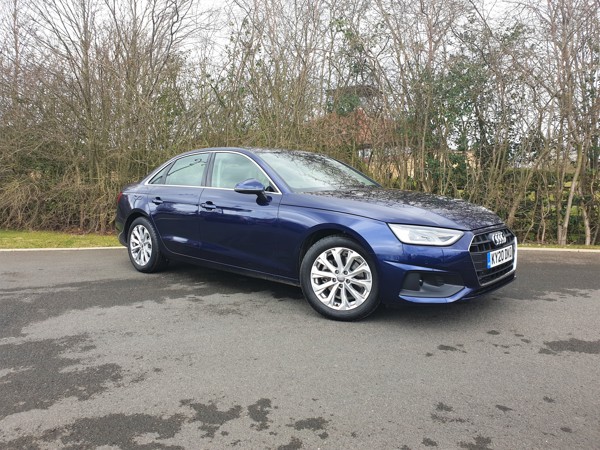Review
Kia’s transformation over the past few years has been nothing less than astonishing. It is quickly becoming a leader in electric and hybrid technology, and is producing cars that would have seemed unimaginable from the brand 10 years ago.
The Stinger is among its most impressive feats to date. With eye-catching looks and well-honed underpinnings, it provides an alternative to the usual premium saloons.
From the outside, it represents a true detachment from the humble beginnings of the Korean budget brand. Black chrome details, vents and fins tell passers-by that this is something special.
Lots of people questioned me about the car during our week-long test. One even asked if it was a Maserati!
Inside, you’d be forgiven for thinking you’d stepped into the latest product from a premium German manufacturer. The layout is tidy and features a contrast of high quality materials.
Kia took the development of this car very seriously, employing ex-BMW M boss Albert Biermann to oversee the ride and handling.
Once you get the Stinger out on the road, his input is immediately realised.
With rear-wheel-drive and balanced suspension, the Stinger is great to drive on country lanes. It isn’t overly firm, absorbing bumps with grace.
Switch to a motorway and its sleek body provides a quiet and comfortable cruising.
Specification is high with only GT Line or GT Line S trims available. The latter comes with everything from adaptive cruise control to ventilated leather seats and should have significant user-chooser appeal.
Our test car featured the most frugal engine available, a 2.2-litre diesel. It develops 197PS and promises 46mpg. During our test we found it difficult to get more than 40mpg, however.
When it comes to CO2 emissions, the Stinger comes unstuck when compared with rivals. It emits 154g/km.
With a P11D price of £36,840, company car tax is high at £214 per month (20% taxpayer). The Volkswagen Arteon 2.0 TDI 190 R Line has the same list price, but is around £400 per year cheaper for the driver. The BMW 420d Gran Coupe is also likely to tempt drivers, with savings of more than £250 per year.
Performance isn’t as strong as you might expect either, the eight speed auto does a fairly good job of managing the power but outright pace feels slow given the car’s sporty demeanour.
Weight is the issue. The Stinger isn’t light, and that hurts acceleration and efficiency.
It’s frustrating that Kia doesn't offer a more frugal variant of the Stinger. The 2.0-litre petrol-powered version is even cheaper, but has worse efficiency.
Given that this is the brand’s first attempt in this segment, the result is still mightily impressive and the car shouldn't be overlooked.
Its fastback body provides hatchback practicality in a sleek saloon-like body. We can’t fault the Stinger for interior space or passenger comfort – even the rear seats are heated.
From a fleet perspective, drivers are unlikely to get more kit for less and the Stinger is a stand-out product. But, with the Kia badge still lacking the premium brand allure, it will need to work hard on the heart to win over the head when it comes to company car tax.
Specs
| Manufacturer | Kia |
| Model | Stinger |
| Specification | Stinger Gran Turismo 5Dr 2.2CRDi 197 DPFR SS €6 GT Line S Auto8 19MY |
| Model Year | 0.00 |
| Annual VED (Road tax) | £0 |
| BIK List Price | £36,840 |
| CO2 | 154g/km |
| BIK Percentage | 37% |
| Insurance Group | N/A |
| CC | N/A |
| Fuel Type | Diesel |
| Vehicle Type | Premium family car |
| Luggage capacity (Seats up) | 5litres |
Running Costs
| P11D | £36,840 |
| Insurance group | N/A |
| Fuel Type | Diesel |
| Cost per mile | 107.62ppm |
| Fuel | 12.88ppm |
| Depreciation | 91.45ppm |
| Service maintenance and repair | 3.29ppm |
Rivals
Info at a glance
-
P11D Price
£36,840
-
MPG
40.9 (WLTP) -
CO2 Emissions
154g/km -
BIK %
37% -
Running cost
3 Year 60k : N/A 4 Year 80k : N/A -
Fuel Type
Diesel



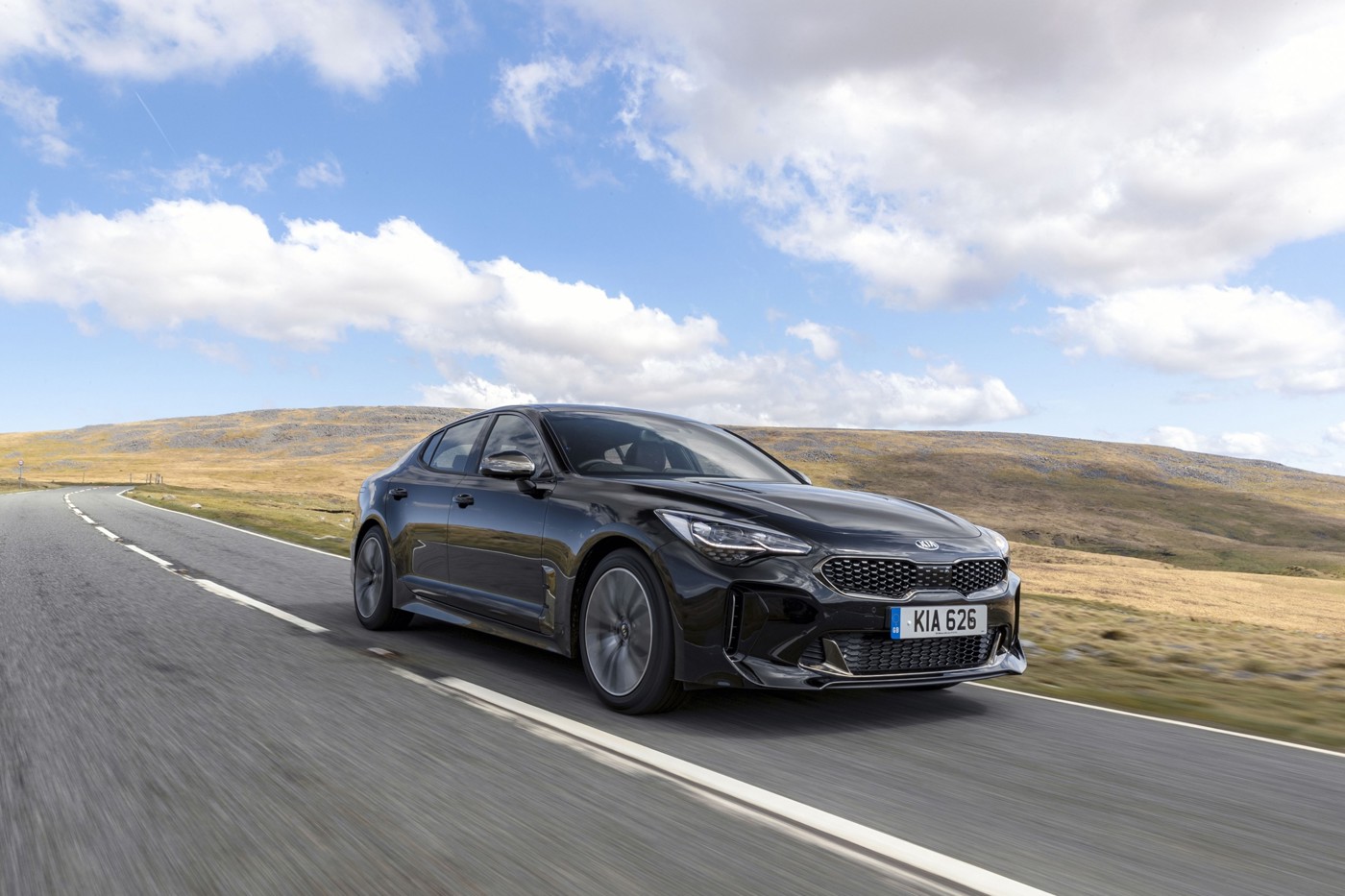
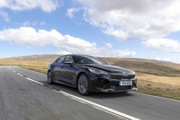
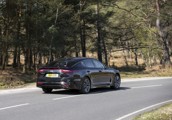
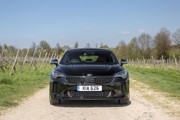



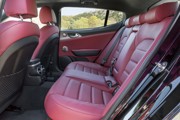
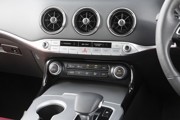
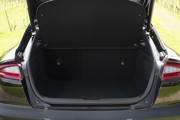


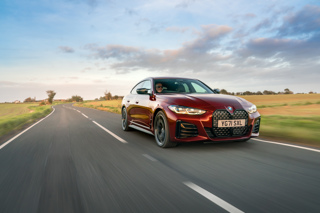
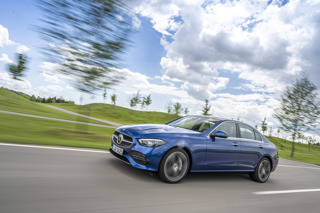
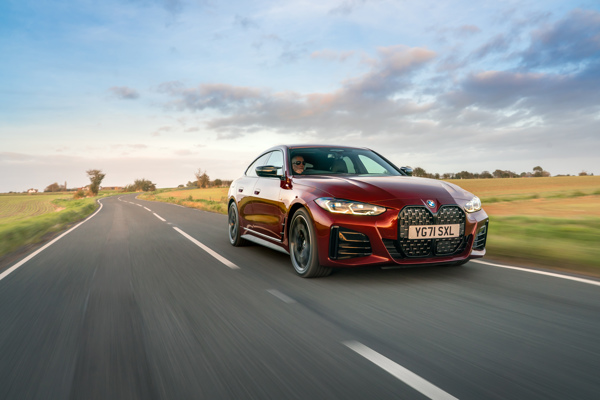
 Diesel
Diesel
